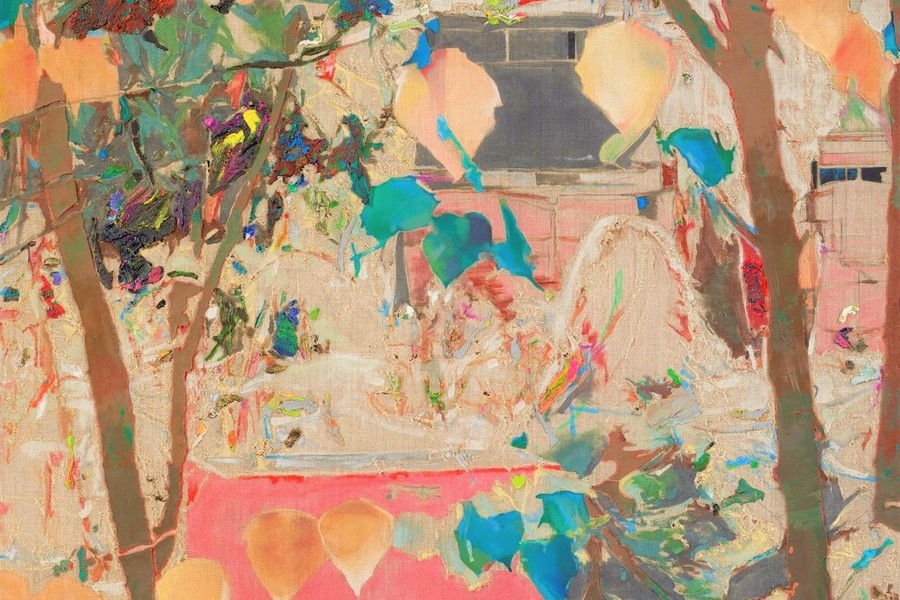Galerie RX is delighted to present its Summer Show 2023. Four artists are featured: Bae Bien-U (b. 1950), Katsuhiko Matsubara (b. 1986), Naomi Safran-Hon (b. 1984) and Paul Wesenberg (b. 1973). Running from Saturday, July 8 to Friday, August 4, 2023, Landscape in Abstraction blends genres, exploring the abstract landscape through dreamlike inspiration, historical facts and geographical locations.
Bae Bien-U
Bae Bien-U's "Orum" series reveals the intangible through the materiality of photography. He captures the invisible, the wind that can become a devastating typhoon. The images are taken on the volcanic island of Jeju, known for its landscapes and Mount Halla. Bae Bien-U appreciates the wind, the "women of the sea" and the island's turquoise waters, and doesn't hesitate to play with the sensuality that the curves of the hills have to offer.
Katsuhiko Matsubara
Matsubara's paintings combine the translucent fluidity of oil paint with its tangible mass. He delicately balances materiality and image, pushing the limits of both. The artist uses the image as a starting point to build a relationship with the painting, creating an ensemble reminiscent of Japanese animism. This search between the spiritual and the imaginary forges the creation of dreamlike landscape horizons.
Naomi Safran-Hon
Naomi Safran-Hon's works fascinate through their exploration of materials, landscapes and composition. She uses the roughness of concrete in contrast to the delicacy of lace. Photographs of concrete walls are integrated into the canvas. The artist also creates a completely abstract zone in her compositions, separate from the rest, which is actually her mental vision of the photographed scene. The whole creates an experience in which dimensions are superimposed, evoking the strata of history.
Paul Wesenberg
Monumentality and subtlety are the hallmarks of Paul Wesenberg's work, to which a sense of disquiet immediately responds. If, at first glance, his canvases appear to be pieces of the landscapes dear to the artist, or windows opening onto natural spaces that could invade the gallery walls, the closer you get to them, the more you realize that the surface of the canvas is the painting's other subject. It's not smooth, quite the opposite: both flayed and "augmented" with painted pieces of canvas. This is due to Paul Wesenberg's own technique.
